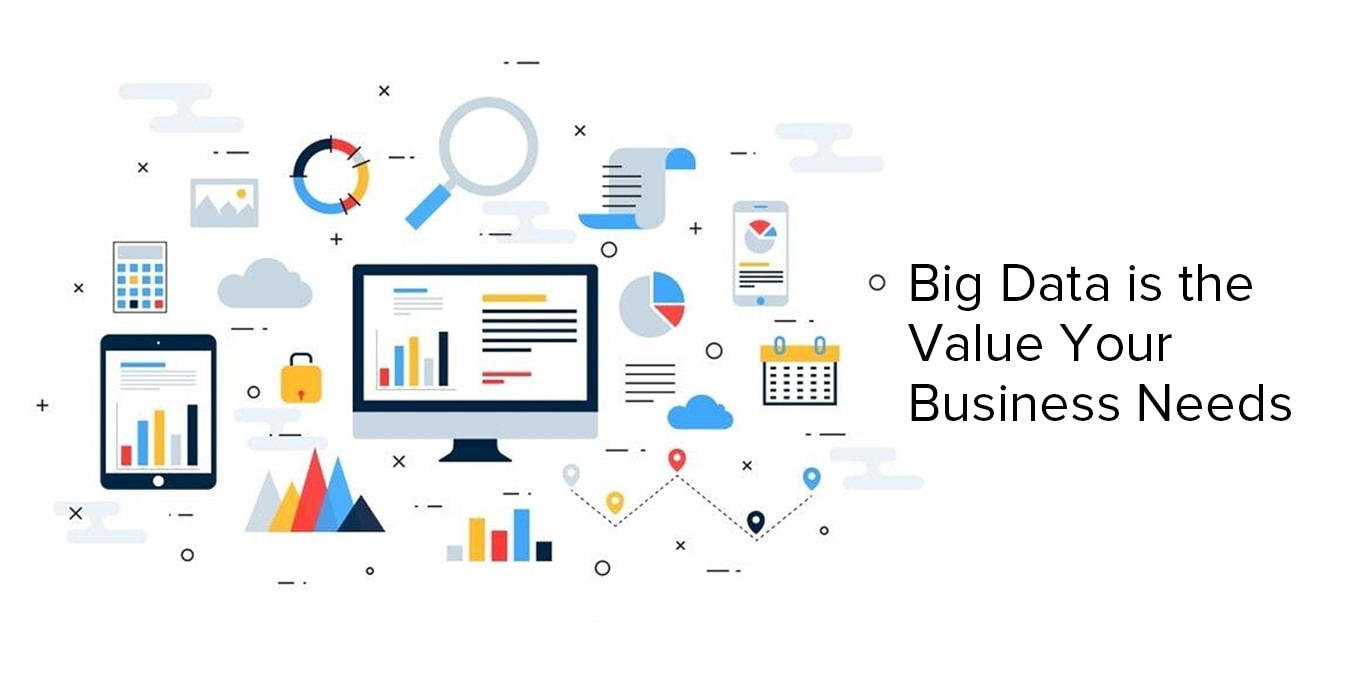The coronavirus crisis sees CIOs accelerating their adoption of automation, analytics and new processes to cope with the pandemic’s disruptions and steer the enterprise forward in uncertain times.
As the coronavirus began ravaging New York’s Suffolk County in March, desperate health department officials turned to CIO Scott Mastellon for help processing citizens’ lab tests for COVID-19. But with the state averaging 400 COVID-19 cases a day, compiling, printing and sorting reports for health-care staff proved unwieldy for the 12 people who were manually moving data between systems.
His staff overwhelmed, Mastellon turned to robotic process automation (RPA). Within 11 days, Mastellon had deployed three bots to extract data from the state’s website, move it into a database, then push it into the health department’s case management application with a high degree of accuracy, Mastellon says. The staff who were entering the data are now working on other COVID-19 support services for a county buckled by the pandemic. “Everything is electronic today,” Mastellon says. “It really is a home run.”
Suffolk County’s story is just one example of an emerging trend across many industries. Although there is currently no vaccination for COVID-19, the pandemic has been a booster shot, spurring organizations to abandon deliberation and accelerate innovation, CIOs and experts say. Sixty-one percent of 414 IT and business experts surveyed by IDG in April are accelerating their digital transformation efforts.
“A lot of organizations are viewing this as the shock to the system that has accelerated everything that they’ve been doing,” says Scott Snyder, who heads the digital and innovation practice for Heidrick Consulting.
The drive for more data
This is the case as well at gaming developer Unity, which fields technical support requests from 3,500 employees through help-desk bots running in Slack, says CIO Brian Hoyt. There, employees engage Ninja Unicorn, a bot that uses natural language processing (NLP) software from Moveworks. Identifying nuances in human language, Ninja Unicorn quickly sorts through help-desk requests, provides employees answers where possible and ferries them onto support personnel as needed.
Once a luxury, bots have become a necessity as Unity’s help ticket volume has soared 89 percent since employees began working from home in March, Hoyt says. Moreover, Unity has logged a 600 percent spike in questions related to company policy and COVID-19.
Requests for data analytics reports have also soared at Unity, as business executives and developers seek more operational data, and sales and marketing executives seek insights into performance, Hoyt says.
Another hot list analytics item: Information about employee productivity and engagement to make sure that nothing is getting in the way of workers doing their jobs, Hoyt says. Taking action on that data is something Unity is still working through. “How we want to address that is more of an art than a science,” he adds.
The imperative for greater automation and data analytics is no surprise, as HR, legal, finance and other business lines are seizing the opportunity presented by the pandemic to transform, says Snyder, who co-authored Goliath’s Revenge: How Established Companies Turn the Tables on Digital Disruptors. “Digital is everybody’s job,” he says.
Since COVID-19 struck, SurveyMonkey CIO Eric Johnson has also increased his attention on data analytics to ensure that executives have a “clear line of sight on the company.”
Predictive modeling has always helped anticipate customers’ propensity to purchase, renew and churn, but executives haven’t always regularly sought such information. Now executives are asking for data about everything from the company’s exposure to industries decimated by COVID-19 to data points about pricing models, feature sets and renewal rates. And they want it in days or hours. “It’s the new, new normal and it’s going to become a permanent feature,” Johnson predicts.
Access to data can also help newly remote workforces feel moored to their companies and colleagues. Previously quarterly meetings among vice presidents now convene monthly at SurveyMonkey; the company also polls employees bi-weekly to get the pulse of its workforce.
“Mental health is such a huge focus because if your staff is unproductive because they’re demoralized it has a massive impact on the business,” says Johnson. “If we don’t ask how they’re doing we will never know.”
Silent meetings make the most noise
With the pandemic shaking up operations, corporations don’t want to run the risk of reverting back to pre-pandemic processes that may have been suboptimal, Snyder says.
This is the case at Iron Mountain, where new work-from-home policies have helped CTO Kim Anstett overhaul how she runs meetings. Previously, two or three people would do most of the talking for 45-minute meetings, with inevitable side conversations popping up after the meeting concluded. But there was no real dialogue, no consensus-building or agreement that staff had accomplished its objective for the meeting. Having several such meetings over the course of workday was draining, Anstett says.
Recently IT staff have congregated, albeit remotely, in “silent meetings.” In this construct, staffers co-write a few questions into in a Google document. Staff spend 25 minutes answering the questions and co-editing the document after which a meeting facilitator guides a 20-minute conversation through a Google Meet videoconference. This open, collaborative process has energized the team, making meetings more meaningful and productive, says Anstett, who cribbed the concept after reading about it in Bruce Daisley’s Eat Work Sleep Repeat: 30 Hacks for Bringing Joy to Your Job.
“We will absolute use this as a new way of working coming out [of the pandemic],” Anstett says. “[COVID-19] was just the forcing factor to try something different.”
Ditto for Suffolk County, where the bots Mastellon’s created with UiPath’s RPA software are now processing more than 850 COVID-19 case reports per day for the county, which has reported more than 30,000 positive COVID-19 cases. Mastellon plans on investing more money in maintaining and supporting the existing bots, though he says the potential for automating more manual tasks in the municipality is “endless.” Emboldened by the success of his COVID-19 case file automation, county workers are asking him to automate various tasks to serve the municipality.
“This will go down in history as the worst emergency we’ve had in a long time,” Mastellon says of the pandemic. “But if I can take one positive thing it’s that it’s challenged us in technology to come up with innovative solutions quickly and efficiently.”
This innovation or bust mindset is the right one, says Snyder, who adds that CIOs should use the crisis to educate non-technical leaders on the importance of digital leadership. “It’s a great time to raise everyone’s game on the digital side,” he says. “Don’t let them go backwards.”
Source :
click here 











